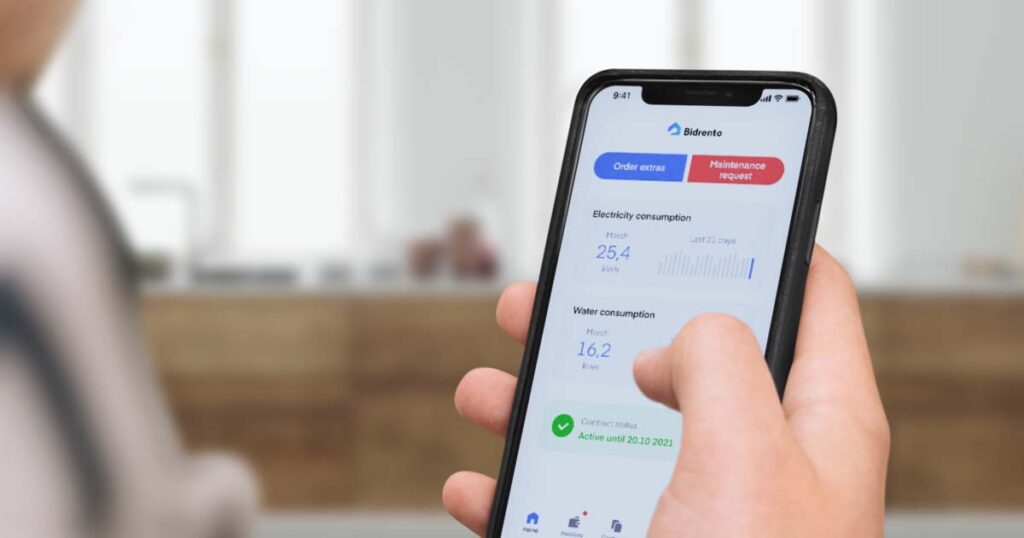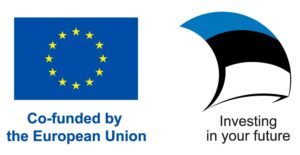Tenant retention is an essential aspect of property management, as it can significantly impact the profitability of your rental properties. Happy tenants are more likely to renew their leases and refer their friends and family to your properties, which can help to reduce vacancy rates and increase revenue. In this blog post, we will discuss some strategies for improving tenant retention and keeping your properties filled with satisfied renters.
1. Communication is key: One of the most important elements of tenant retention is effective communication. Make sure that you have a clear and reliable method for communicating with your tenants, such as an online portal or a mobile app. This will allow you to respond to tenant concerns and needs quickly and efficiently.
2. Respond to Maintenance Requests: One of the most common reasons for tenants to leave is because of maintenance issues. By responding promptly and efficiently to maintenance requests, you can show your tenants that you care about the upkeep of their rental home and that you are dedicated to keeping them comfortable.
3. Provide Amenities: Providing additional amenities, such as a community garden or a fitness center, can help to create a sense of community among your tenants and increase their satisfaction with the property.
4. Rent Increase Automation: Many landlords increase the rent on their properties every year, but this can be a sensitive topic for tenants. By automating the rent increase process, you can avoid disputes and maintain positive relationships with your tenants.
5. Lease Renewal Management: One of the best ways to retain tenants is to keep them from having to move in the first place. By managing the lease renewal process, you can reduce your vacancy and increase revenue.
How your property management software can help you?
Here are a few specific features that may be included in property management software for tenant retention:
1. Tenant Communication – your property management software shall include tools for communication with tenants, such as mass emails or chat in the tenant mobile app, which can help landlords to stay in touch with tenants and respond to their needs more quickly.
2. Maintenance Request Management – property management software shall include tools for managing maintenance requests, which can help landlords to respond to tenant needs more quickly and effectively.
3. Tenant Portal – it is very useful, if your property management software includes a tenant portal that allows tenants to access information about their rental, submit requests, pay rent and communicate with their landlord. Read more about a tenant portal and app.

4. Rent Increase Automation – property management software shall include tools for automating rent increases, which can help landlords to avoid disputes and maintain positive relationships with tenants.
5. Lease Renewal Management – good property management software shall include tools for notifying you about the ending agreements, so you can start the lease renewal process, which can help landlords to keep good tenants and reduce tenants turnover.
6. Extra services – advanced software, for example software like Bidrento, also includes tools for managing extra services, which can help landlords to create a sense of community among tenants, improve satisfaction and increase your revenue.
Bidrento provides tools for both: landlords and also for their tenants. Contact our team in order to get more information and see the demo: https://bidrento.com/free-demo/






